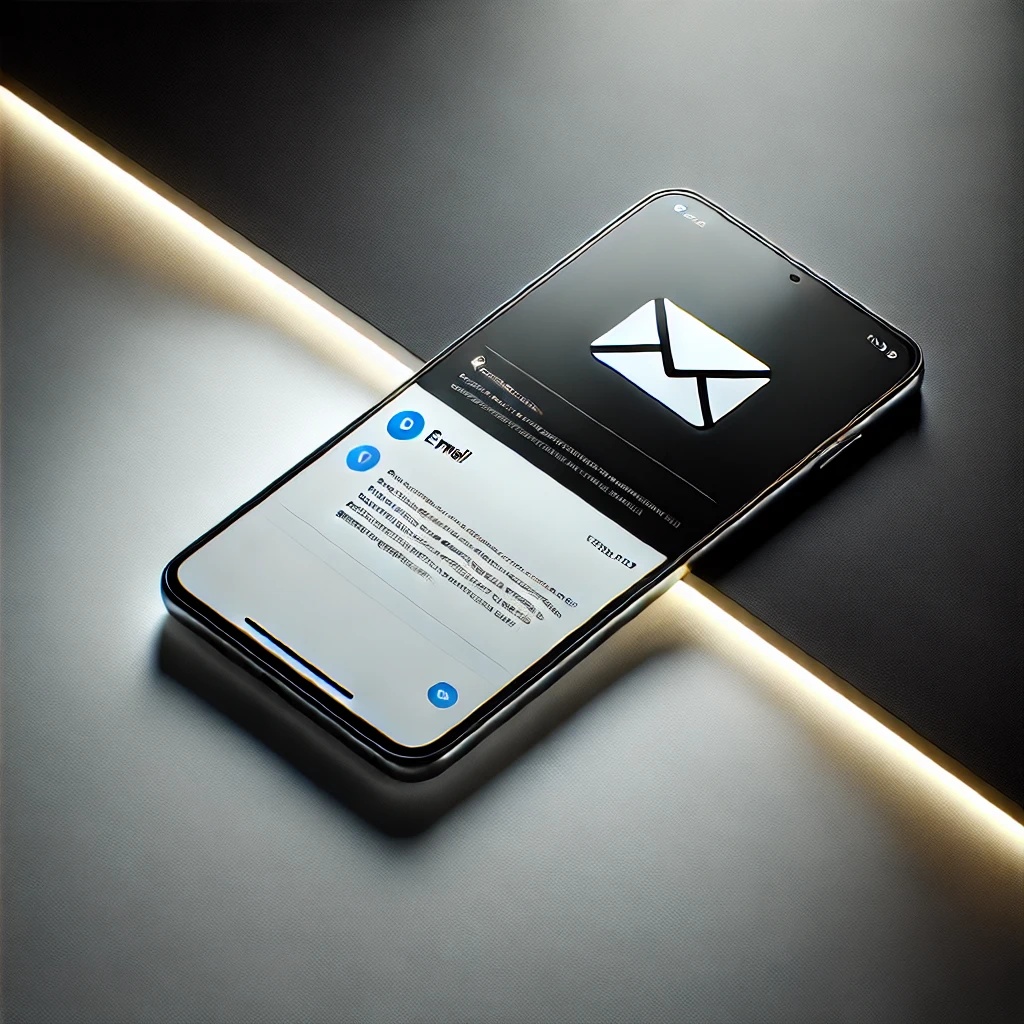Every Digital creative agency in the Online Advertising industry knows that once you completed your banner ad production it’s not really the end of the story.
The creative process ends only when the Responsive Ads are approved by the publisher. For this purpose, each publisher maintains a list of “creative specs” or “publisher specifications” to follow. The problem starts when a complex execution meets multi-publisher campaigns, and the specs are never seamlessly aligned between them.
Some creative agencies are using the Quality Assurance services of the Ad Servers themselves, in order to get professional support during the approval process, and some are just submitting their ads to the publishers in hope to get an approval – or at least a reason for why the ad got rejected (and then to fix it accordingly).
For the years 2007 to 2008 I was working in Mediamind Ad QA professional services, and saw the issues that each publisher spec generates on a daily basis for creative agencies worldwide. Nowadays, after working with many publishers at Digitaland, I spotted several subjects that were somewhat consistent between the different players, and managed to compile a list of our own recommended “Publisher Specs” with the lowest common dominator to follow.
Following the best-practices in this list (or shall I say, a guide) may certainly enhance the chances for publisher approval for all your creative ads, and also will enhance your Responsive Ads performance. So let’s start!
Best Practices for Overall Performance:
- Set the frame-rate of the Flash asset to be lower than 31fps and higher than 18fps: The first best-practice will ensure better CPU performance and the second will ensure smooth animations.
- Avoid movie-clips on the first frame of the ad’s timeline in order to enhance performance when loading on the page. This is also a best-practice when using Flash components or Ad Server MXP components.
- Make sure that Flash version is consistent between all ads’ assets (e.g. Creative Banner and panel).
- Make sure that there’s a clickthrough in your ad and that all buttons are fully functional.
- Set your clickthrough to be triggered upon mouse-release (and not mouse-press) in order to avoid pop-up blockers.
Design Recommendations:
- Make sure your Effective Ads don’t contain graphics that simulate interactivity (like search boxes or video buttons) without that functionality actually existing.
- Add a border around your banner. This will make sure that your ad background color does not conflict with the publisher site.
Audio Recommendations:
- The audio should be user-initiated. The best approach is by mouse-click, the alternative approach is by mouse-over.
- If mouse-over initiates the audio, there must be a 1 second delay – and the audio must stop when mouse leaves the ad.
- Also, make the click on the clickthrough-button to stop the sound.
Video Recommendations:
- Videos that are longer than 30 sec. should be initiated by the user (with click).
- The video should contain Play, Mute and Stop buttons.
- Encode the video’s bitrate up to 800kbps to enhance streaming for small banner units such as 300×250.
- Make sure to use the video-loader component of the appropriate Ad Server so you will be able to track all video-metrics at the reports.
Expansions and Collapses:
- A close button is required for any expandable panel, floating ad, side-kick etc.
- A “rollover to open” action should follow with “roll-out to close” and “click-to-open” with “click-to-close”.
- In any way don’t combine “rollover to open” with “click to close”.
- Best practice: If the banner is expanded with rollover, make sure that after clicking the close button the mouse won’t overlap on the banner’s area (or else the panel will automatically expand again).
These are the milestones for successful establishment and smooth start on your way to get the publisher approval quicker. We’re following them on a daily basis in our production process and so far never got disappointed.
On top of this guide, if you are designing your ad to specific publisher you can always visit the IAB’s Creative Specs Database and review its full list of specs. In addition you may also want to explore IAB’s Rich Media Creative Guidelines.
The above is a sneak peek of our free Ebook, The Ultimate Best Practices for Banner Ad Design and Development. This Ebook will teach you how to validate your online banner ads in just 10 minutes. Get it here.
About the writer:
 Amir Dori has more than 10 years of vast experience in creating, developing, designing and producing creative products and marketing materials for the online advertising industry. His experience includes all creative formats for rich media, web, mobile applications and tv.
Amir Dori has more than 10 years of vast experience in creating, developing, designing and producing creative products and marketing materials for the online advertising industry. His experience includes all creative formats for rich media, web, mobile applications and tv.









